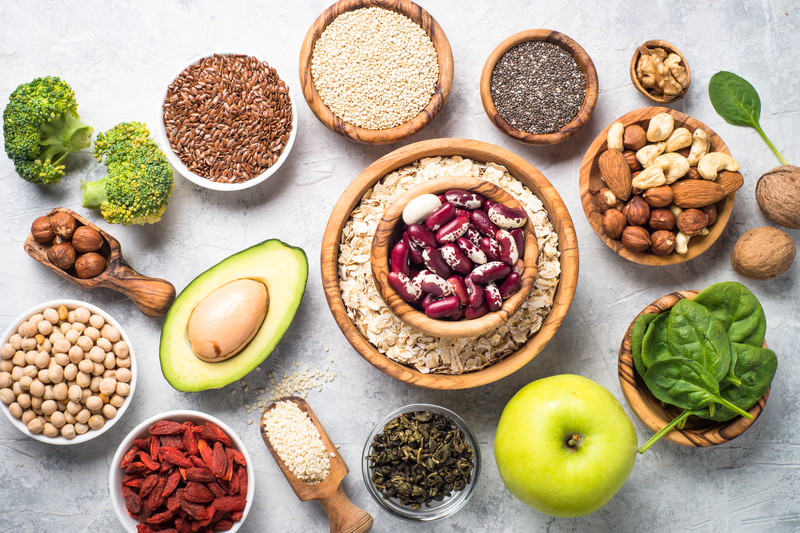copyright 2023 Art of Living, Prima Media Inc
Embarking on a vegetarian journey does not mean compromising your protein intake. Protein is crucial for body functions such as building muscles, repairing cells, and supporting immune health. There are plenty of plant-based and dairy protein sources that can seamlessly fit into your vegetarian meals. Here are some tasty and nutritious ways to incorporate protein into your diet using beans and legumes, cheese, and protein-rich vegetables.
Beans and Legumes
Beans and legumes are nutritional powerhouses, serving as excellent sources of plant-based protein. They are also rich in fiber and a variety of minerals, offering numerous health benefits.
Black beans, chickpeas, lentils, and soybeans, to name a few, can easily be incorporated into a myriad of meals. Consider whipping up a chickpea curry, lentil soup, or black bean tacos. Soybeans, the base of tofu and tempeh, can be used in stir-fries, salads, and sandwiches. These protein-packed options can keep you satiated and ensure you’re meeting your nutritional needs.
Cheese
For those who include dairy in their vegetarian diets, cheese is an excellent source of protein. Beyond its protein content, cheese is rich in calcium and phosphate, both of which help preserve your teeth. From Parmesan to cottage cheese, each variety lends a distinct flavor and texture to dishes. Add a sprinkle of grated cheddar to your vegetable soup or stuff your bell peppers with feta for a Mediterranean twist. Remember, while cheese can add flavor and nutritional benefits to your meals, moderation is key due to its high calorie and fat content.
Protein-Rich Vegetables
Surprisingly, certain vegetables pack a protein punch as well. Examples include spinach, peas, broccoli, and Brussels sprouts. Beyond their protein content, these veggies are loaded with vitamins, minerals, and antioxidants, which contribute to overall health. Stir-fry your broccoli, create a vibrant salad with fresh spinach and peas, or roast Brussels sprouts for a savory side dish. The variety of textures and flavors these vegetables bring can make your meals more exciting. In addition, consider integrating whole grains, like quinoa and brown rice, into your diet. These can serve as bases for your vegetable and bean dishes, adding an extra dose of protein and making your meals even more filling.
Adding protein to your vegetarian meals is simpler than it might seem. Whether it’s through beans and legumes, cheese, or protein-rich vegetables, there are plenty of flavorful and nourishing options to explore. Not only will these protein sources keep you satiated, but they also offer a multitude of other health benefits.
Cooking at home allows you to control your ingredients and experiment with diverse recipes. So, go ahead, venture into your kitchen and start creating delicious, protein-packed vegetarian meals. Not only will your tastebuds thank you, but your body will as well. Enjoy the adventure of creating wholesome meals that are brimming with the nutrients you need to live a vibrant, healthy life.
Did you enjoy this article? You might also like: Why You Should Eat More Polenta
For recipes and more get your copy of the Gourmand world Award winning book The Basic Art of Italian Cooking: Holidays and Special Occasions-2nd edition




